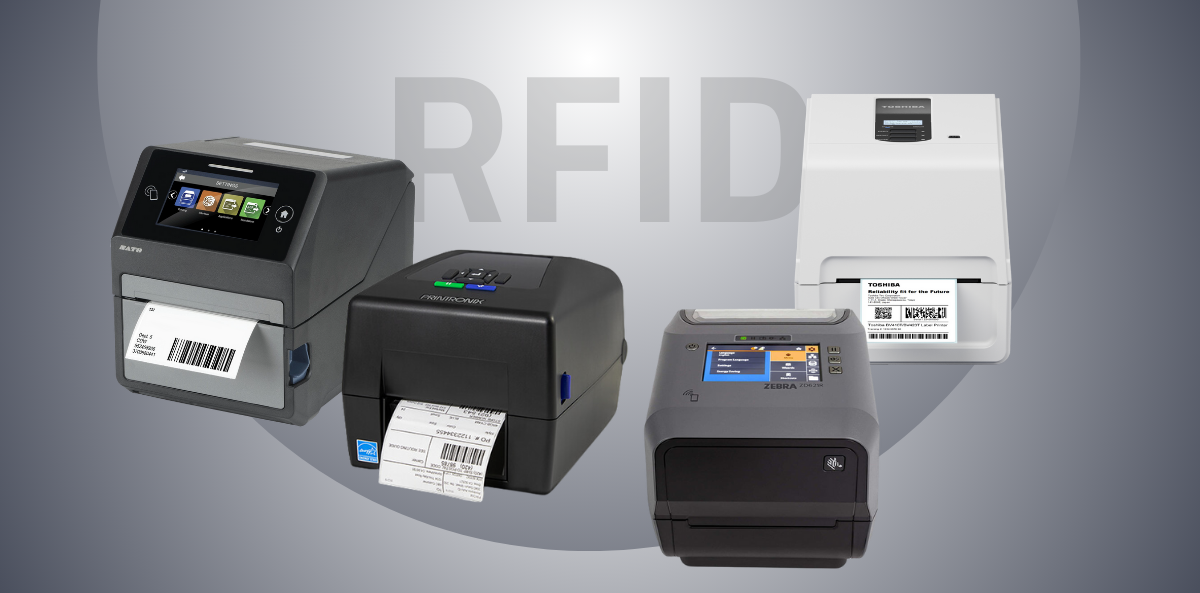
Desktop RFID printers – print and encode! Learn about the advantages, disadvantages, applications
RFID (Radio-Frequency Identification) technology is increasingly used in many industries. RFID tags are the primary carrier of information here. Their encoding can be done in several ways, but the most popular method is, of course, simultaneous printing and encoding using a printer with an RFID module. This allows simultaneous encoding of the tags and the inclusion of visual information in the form of text, or barcode. Due to the use of this technology in logistics or manufacturing processes, in many cases there is talk of a large number of tags being encoded each day. Hence, the most common solution is industrial RFID printers, dedicated to large volumes of tags.
What applications do desktop RFID printers have?
Increasingly, customers are also interested in desktop printers (desktop printers). This is the case for smaller companies, where the daily consumption of these labels is smaller, or their printing and encoding is done occasionally. This is the case, for example, in the printing of inventory labels, where usually after the initial labeling of a larger number of fixed assets in our possession, at a later stage we only need to label newly purchased items from time to time.
Want to print and design RFID tags yourself? Buy ETILABEL software!
Similarly, in situations where printers are used to print supplemental labels, when most goods arrive already labeled, and we only need to supplement missing labeling in exceptional situations.
Another reason for choosing desktop printers is the limited space at the printing station. Their small size allows them to be placed not only on desks, but also at production or warehouse workstations, where space is often very limited.
We can meet all the mentioned cases in practically every industry. From industry, through logistics, retail, to healthcare.
Advantages of desktop type RFID printers
As we mentioned, the main advantage of desktop type RFID label printers is their size, allowing them to be placed virtually anywhere.
The compact size is followed by the low weight of the devices. This makes RFID label printers easy to transport between different locations or workstations.
Do you have a problem with your printer? Take advantage of service and helpdesk support!
These printers are also characterized by a simpler design. This also means that they are easier to operate, and therefore shorter training times for employees. It also means lower maintenance and service costs for the devices.
As you might guess, a smaller device with a simpler design also means a lower purchase cost. The low price also often makes it the first choice for pilot, test implementations of RFID technology.
Disadvantages of desktop printers for printing RFID labels
The simple design, light weight and compact size unfortunately mean that these types of printers are less resistant to mechanical damage. The plastic housing and some device components mean that not all applications will be able to use this type of device.
The simpler design also means that not all types of labels will be easily encodable and printable. Some labels, such as on-metal labels, which typically have a greater thickness, will not be possible.
RFID basics, or rather facts and myths about RFID
A smaller housing results in the need for labels with a smaller confection. While in industrial printers the outer diameter of the roll is 8“, for desktop printers it is usually only 5”. In practice, this means that consumables need to be changed more often, resulting in additional downtime.
It should also be borne in mind that not all consumable manufacturers offer confectioned RFID labels for smaller printers as standard, or the labels may be more expensive than those for industrial printers.
Examples of devices
Most RFID printer manufacturers offer desktop solutions. Among the offerings from the largest players on the market, the following models are worth mentioning.
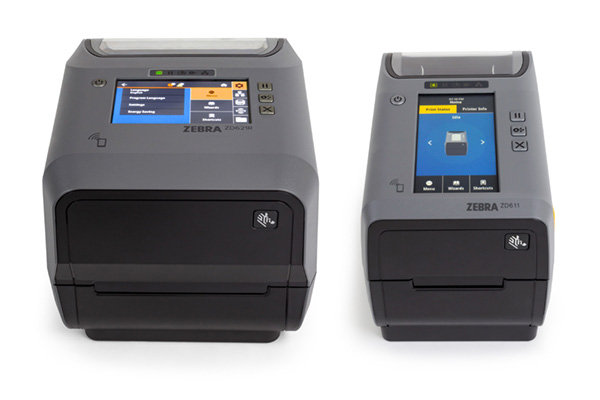
- Zebra ZD621R – compact, premium desktop printer
- Zebra ZD611R – Probably the only 2” RFID label printer on the market
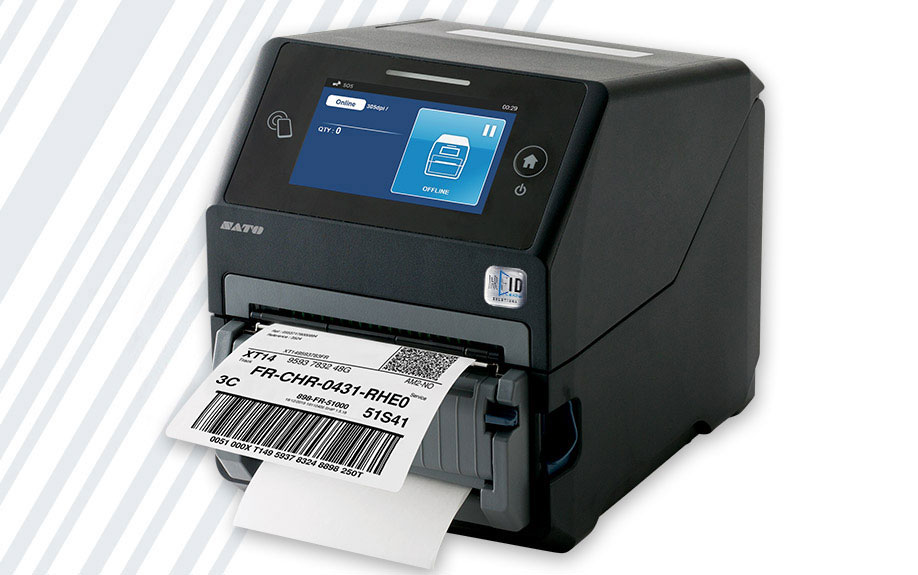
- Sato CT4-LX – a printer that allows printing RFID labels not only in UHF standard, but also in optional HF technology, which is unique in this class of printers.
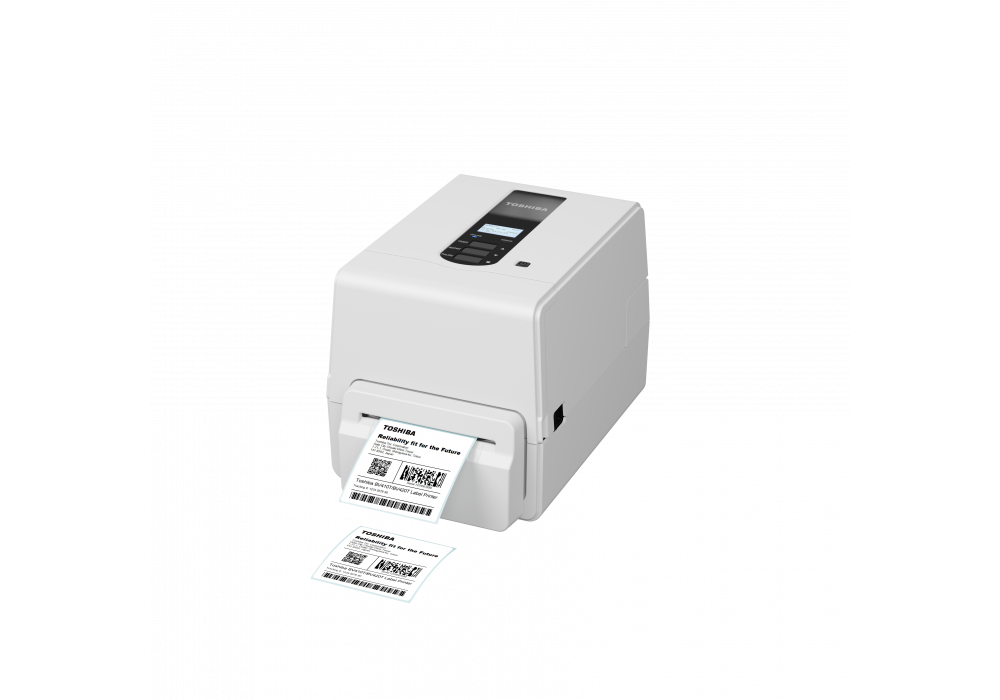
- Toshiba BV410T – compact RFID label printing solution
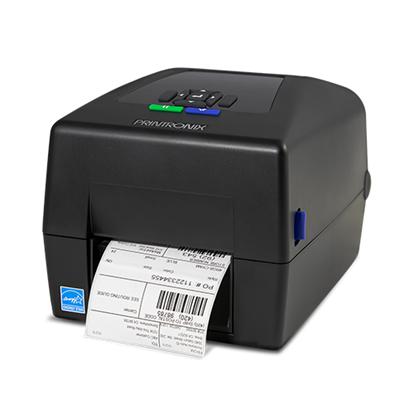
- TSC Printronix T800 – extremely simple to use, yet with plenty of capabilities RFID printer
Summary
RFID desktop printers are an excellent choice for small businesses, startups or applications that don’t require printing a large number of labels. It is also a great complementary solution for quick and easy label addition in emergency situations.
Do you need a printer? Ask for a quote, we’ll help you choose!
